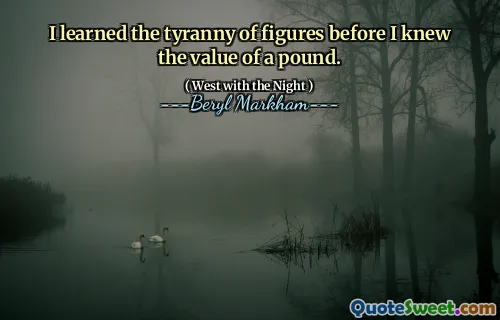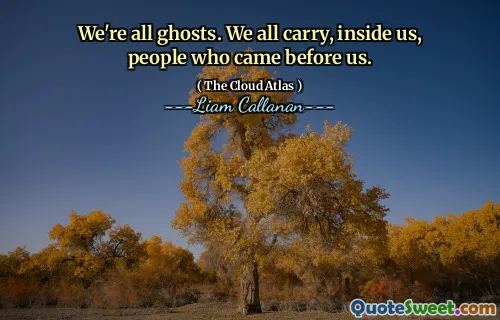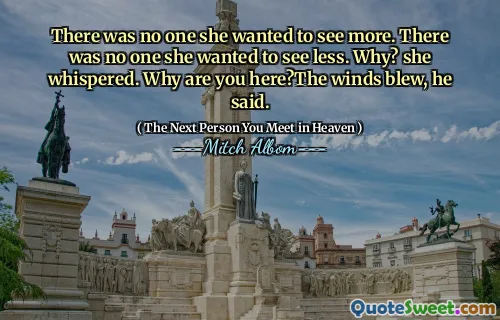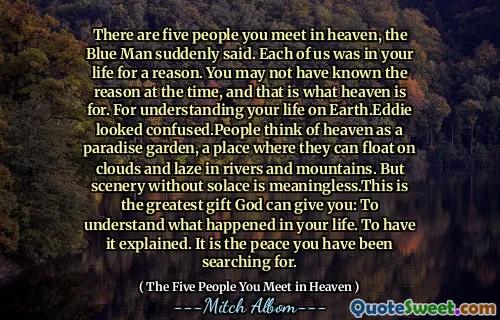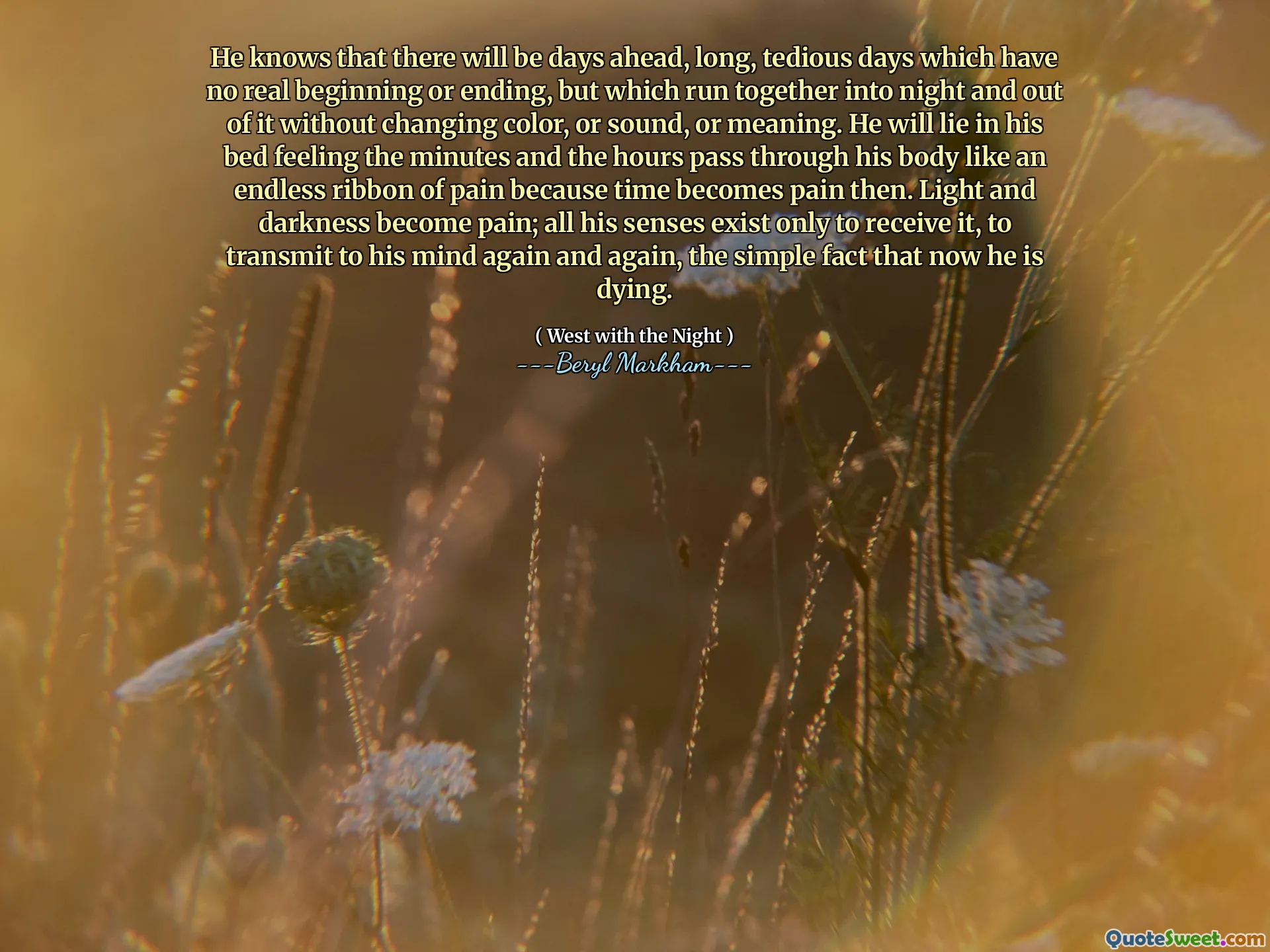
He knows that there will be days ahead, long, tedious days which have no real beginning or ending, but which run together into night and out of it without changing color, or sound, or meaning. He will lie in his bed feeling the minutes and the hours pass through his body like an endless ribbon of pain because time becomes pain then. Light and darkness become pain; all his senses exist only to receive it, to transmit to his mind again and again, the simple fact that now he is dying.
This passage poignantly captures the profound and often unbearable experience of anticipatory suffering in the face of mortality. The imagery of endless days blending into night underscores a sense of time losing its structure, transforming into a continuous stream of pain that penetrates every moment. The description emphasizes how the perception of time can invert during intense suffering—what should be a neutral or passing entity becomes an active source of torment. The imagery of sensations carrying through the body highlights a profound disconnection from the external world; instead of engaging with life, the individual is immersed in the relentless internal dialogue of impending death. This cyclic experience of pain, where even light and darkness serve as mediums for suffering, reflects a deep existential crisis—facing the inevitable with a sense of relentless anticipation that blurs the boundary between time and perception. It evokes empathy and a profound understanding of the human condition when confronted with mortality. The depiction provides insight into the emotional landscape of impending loss—particularly how the mind fixates on the pain and the sensation of dying itself, often isolating the individual in an unending loop of awareness that leaves little room for respite or hope. Such writing challenges us to contemplate the nature of suffering, the passage of time, and what it means to confront our own mortality with neither denial nor respite available.

